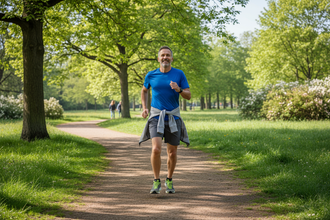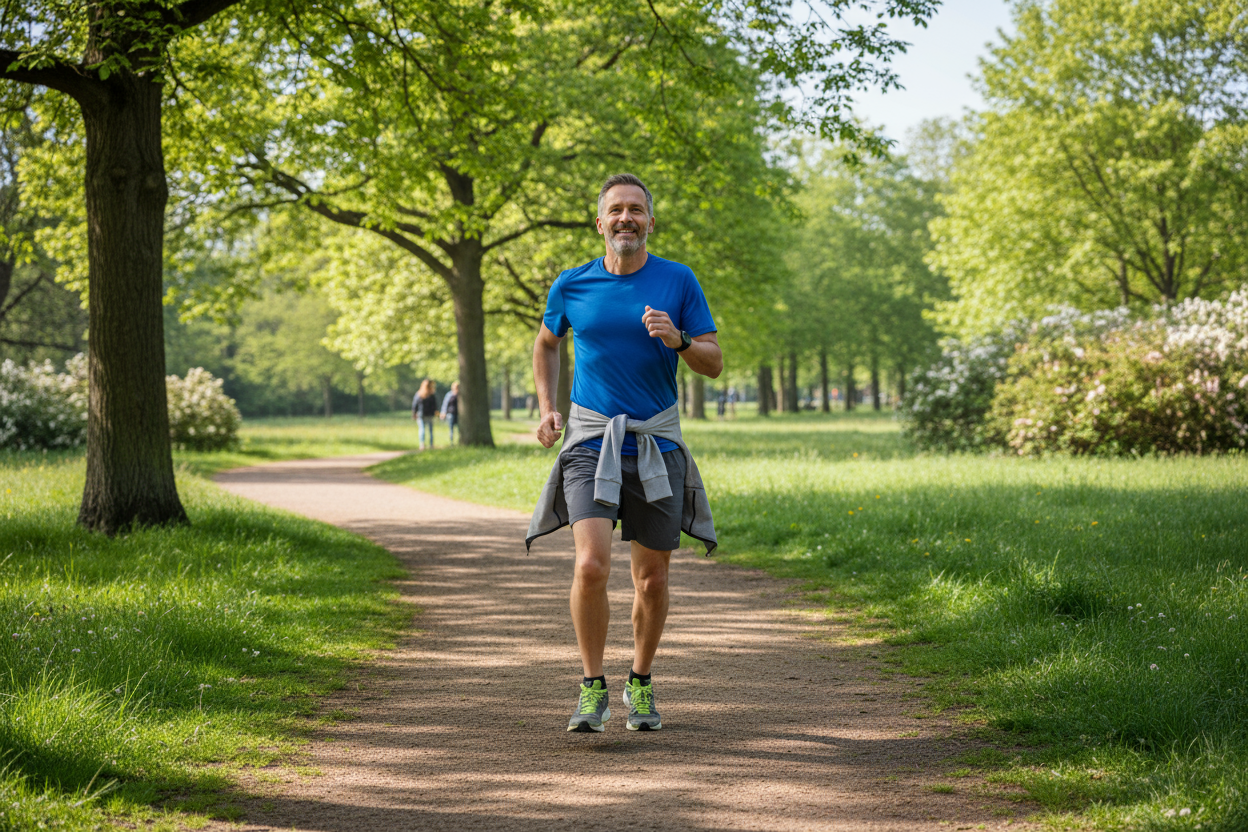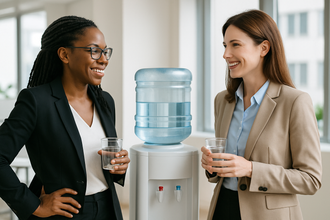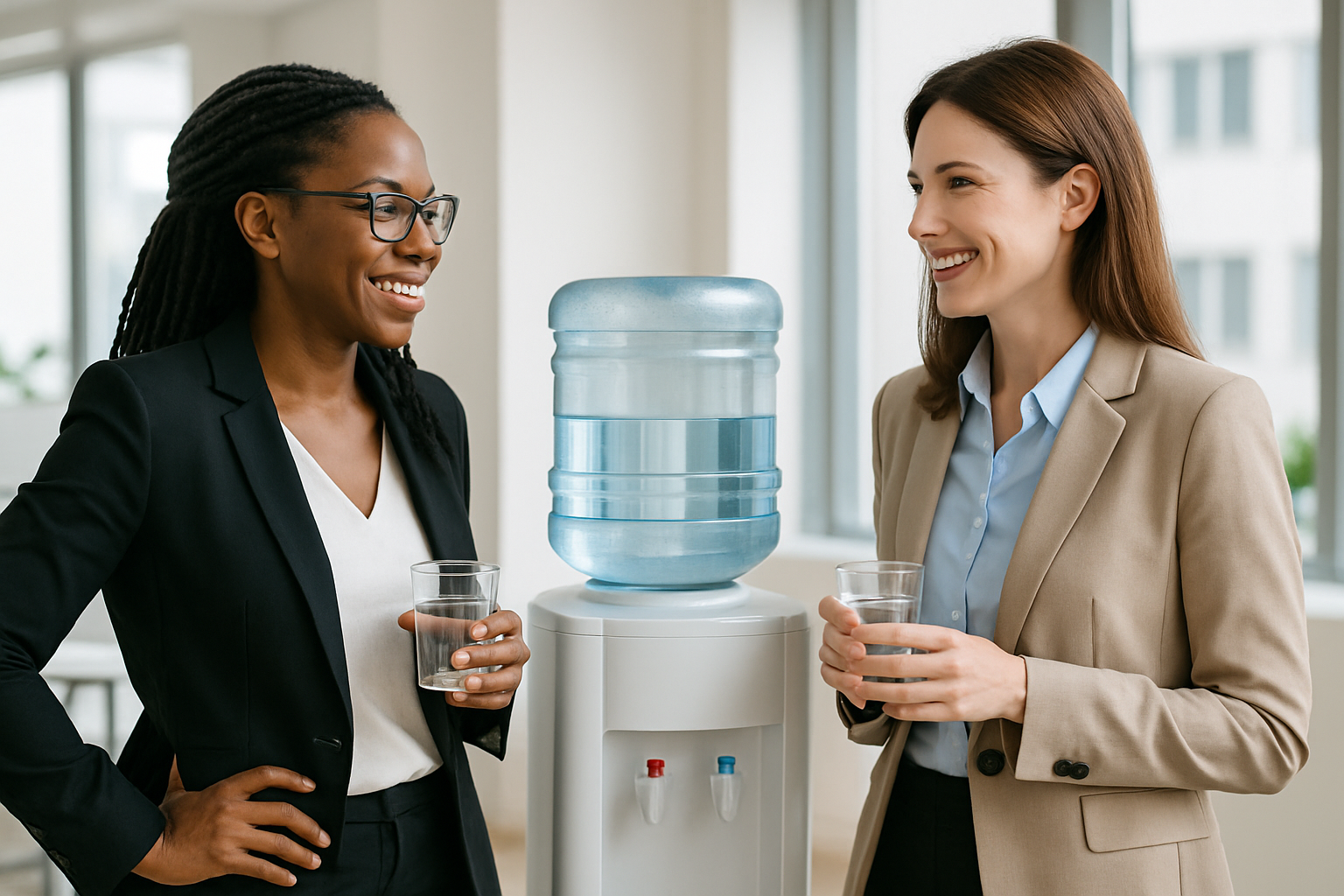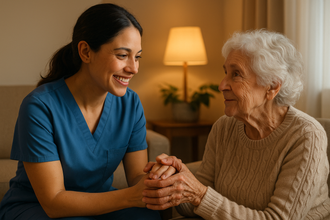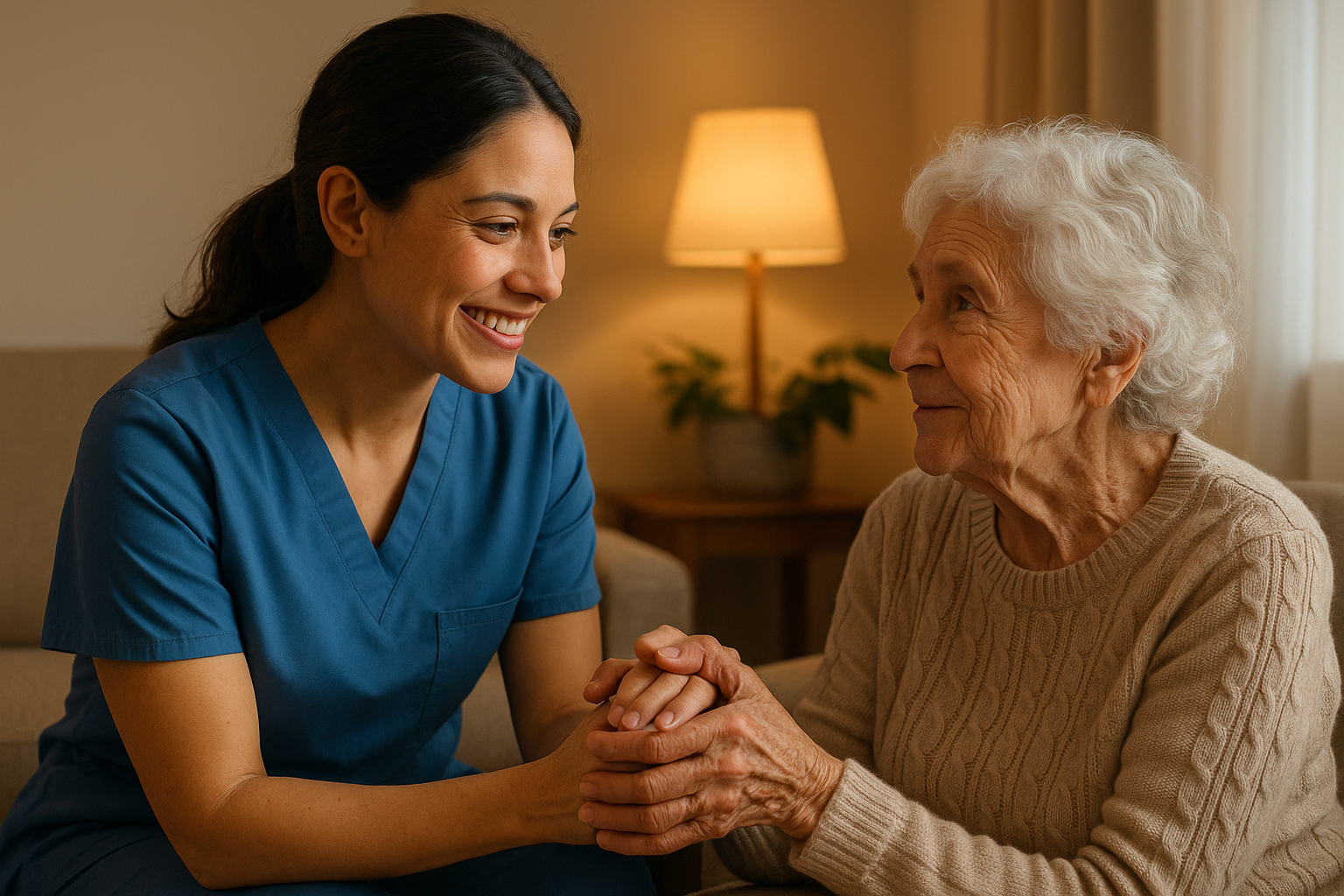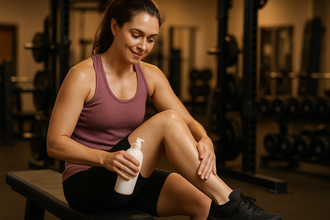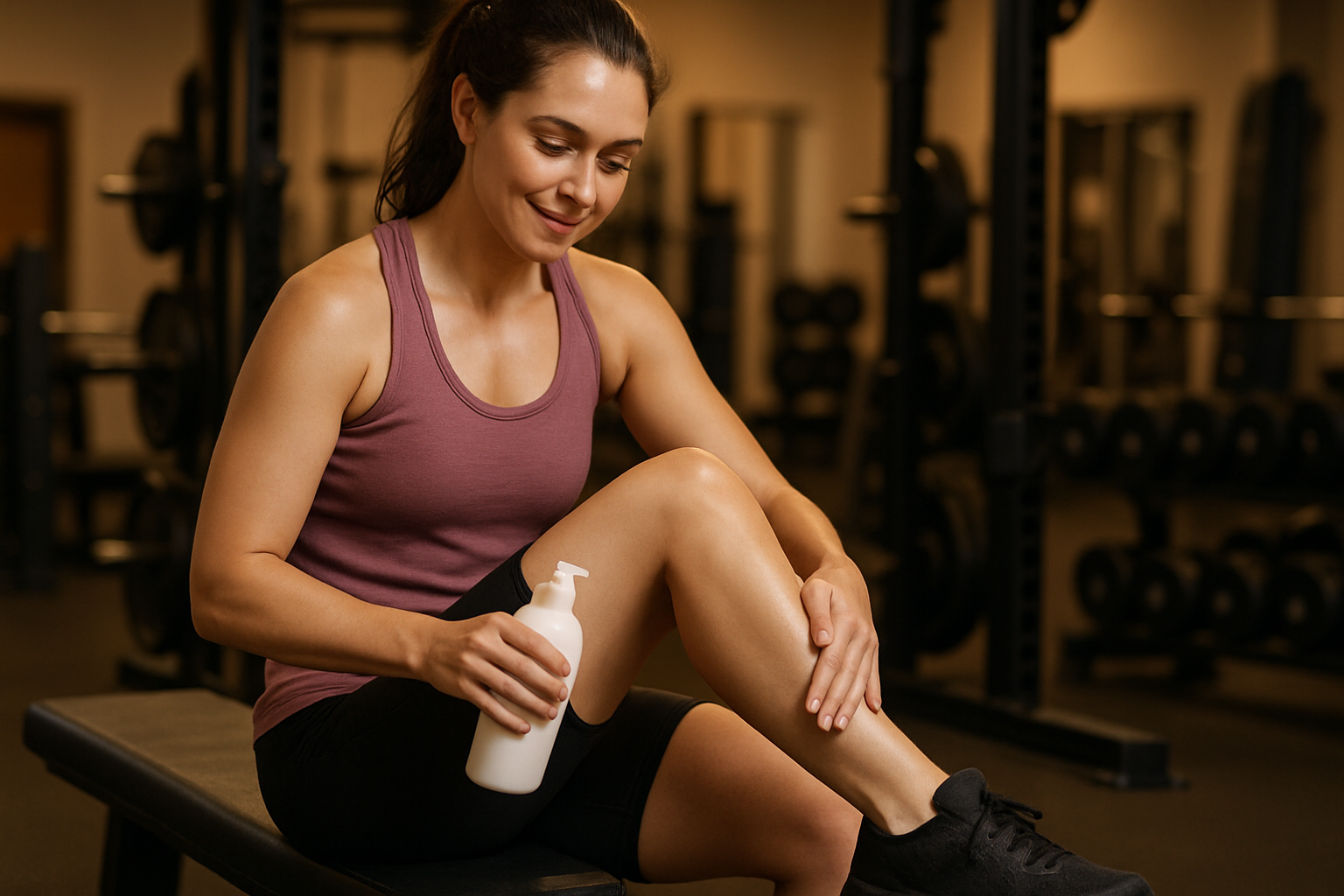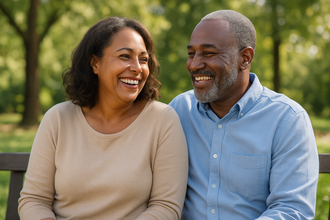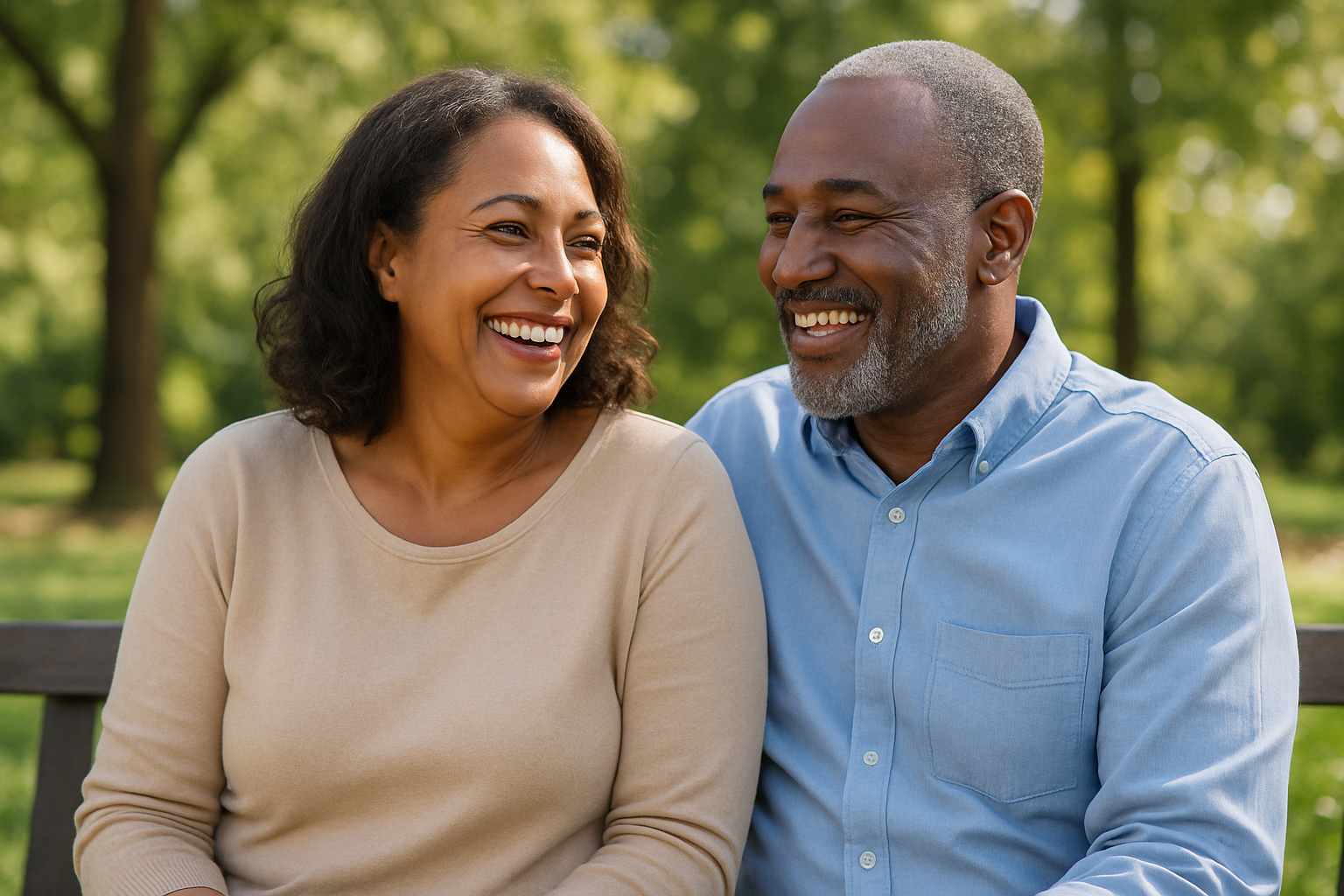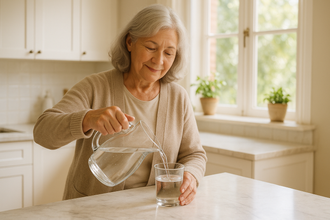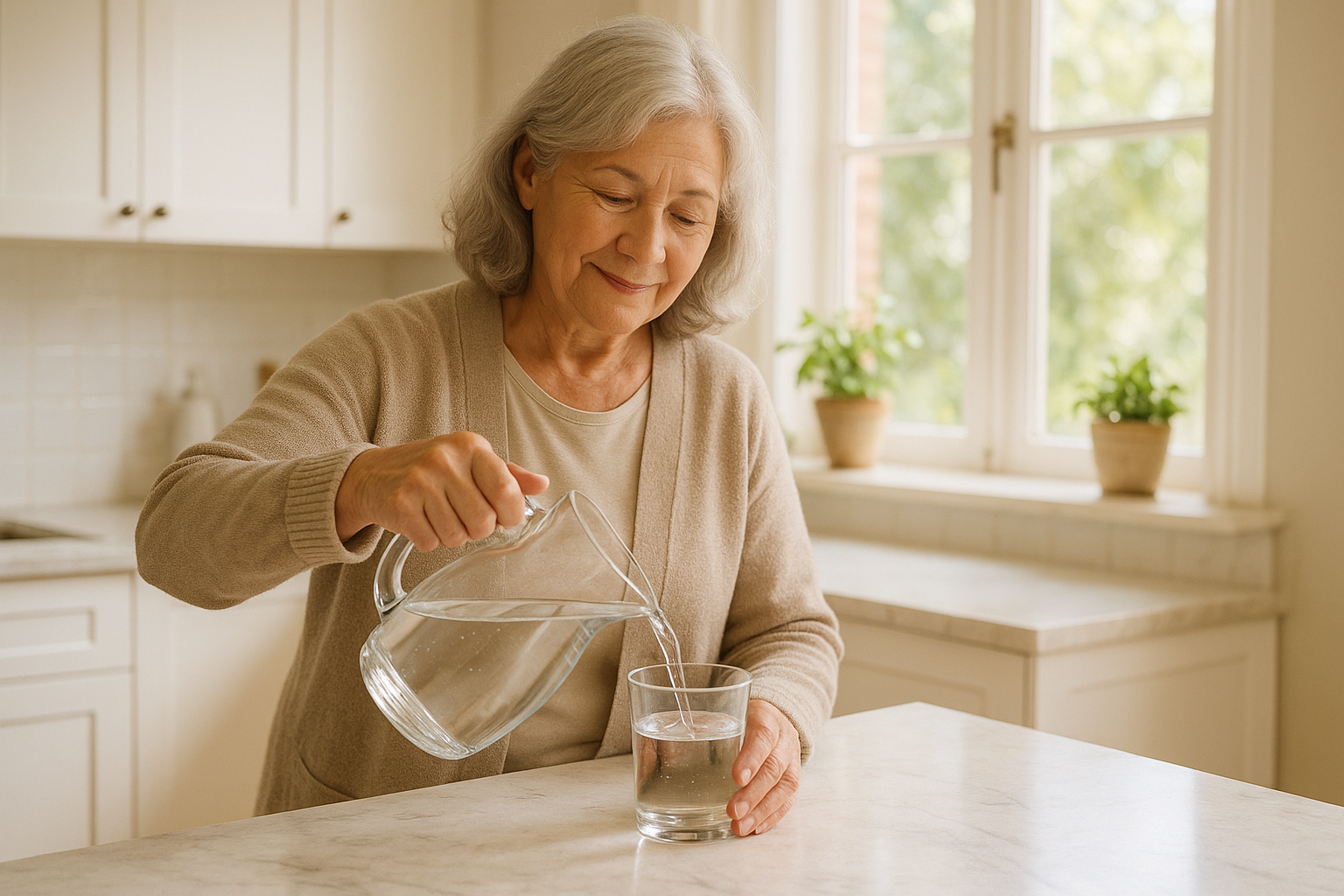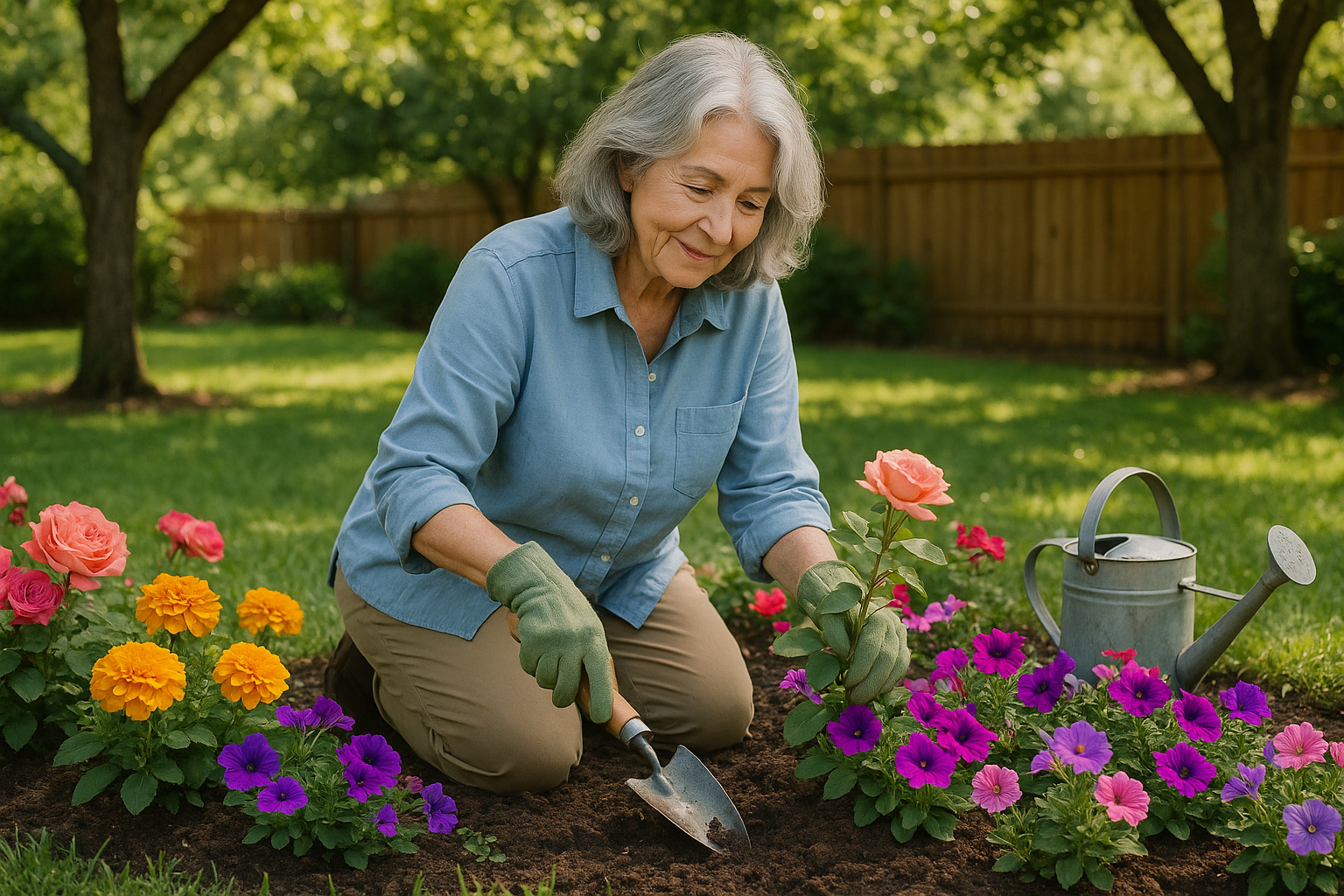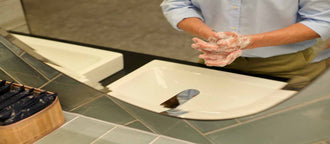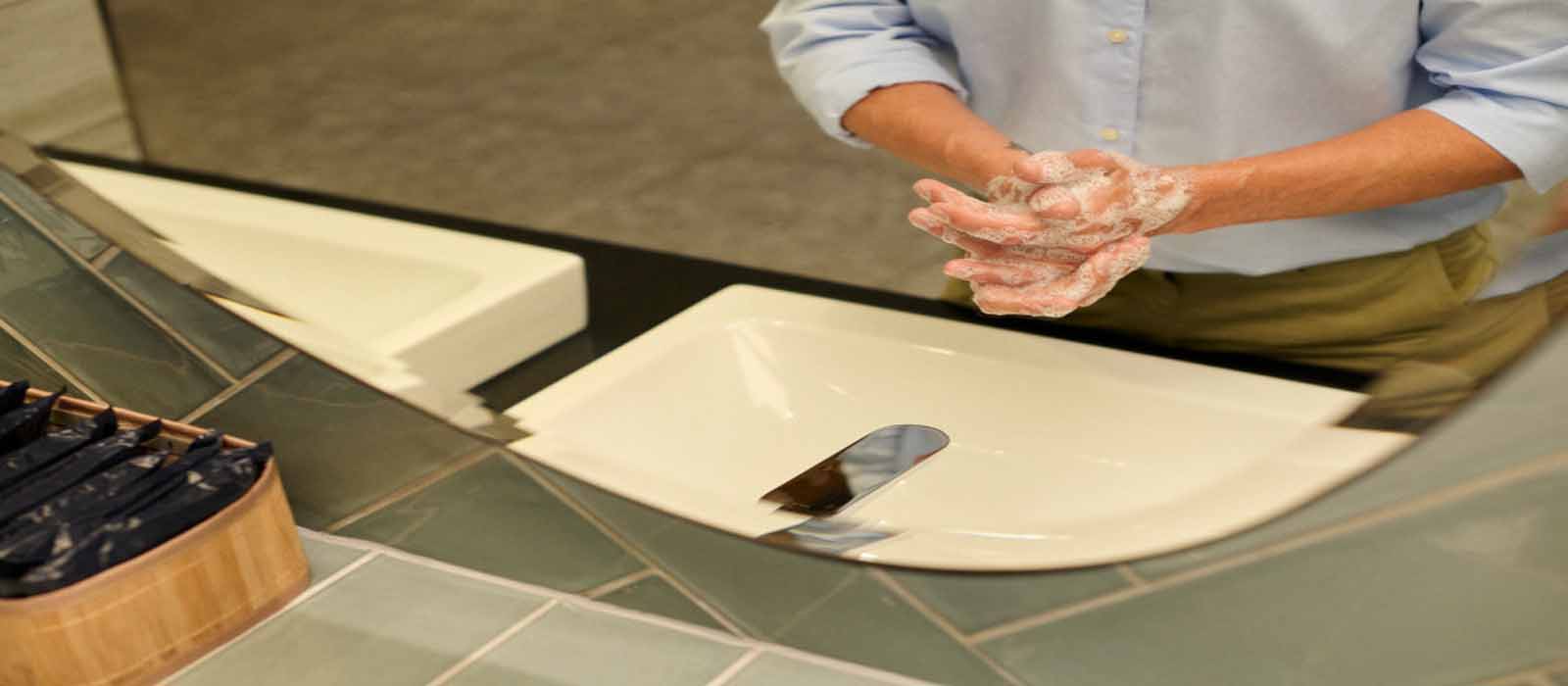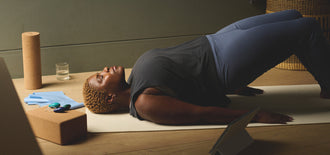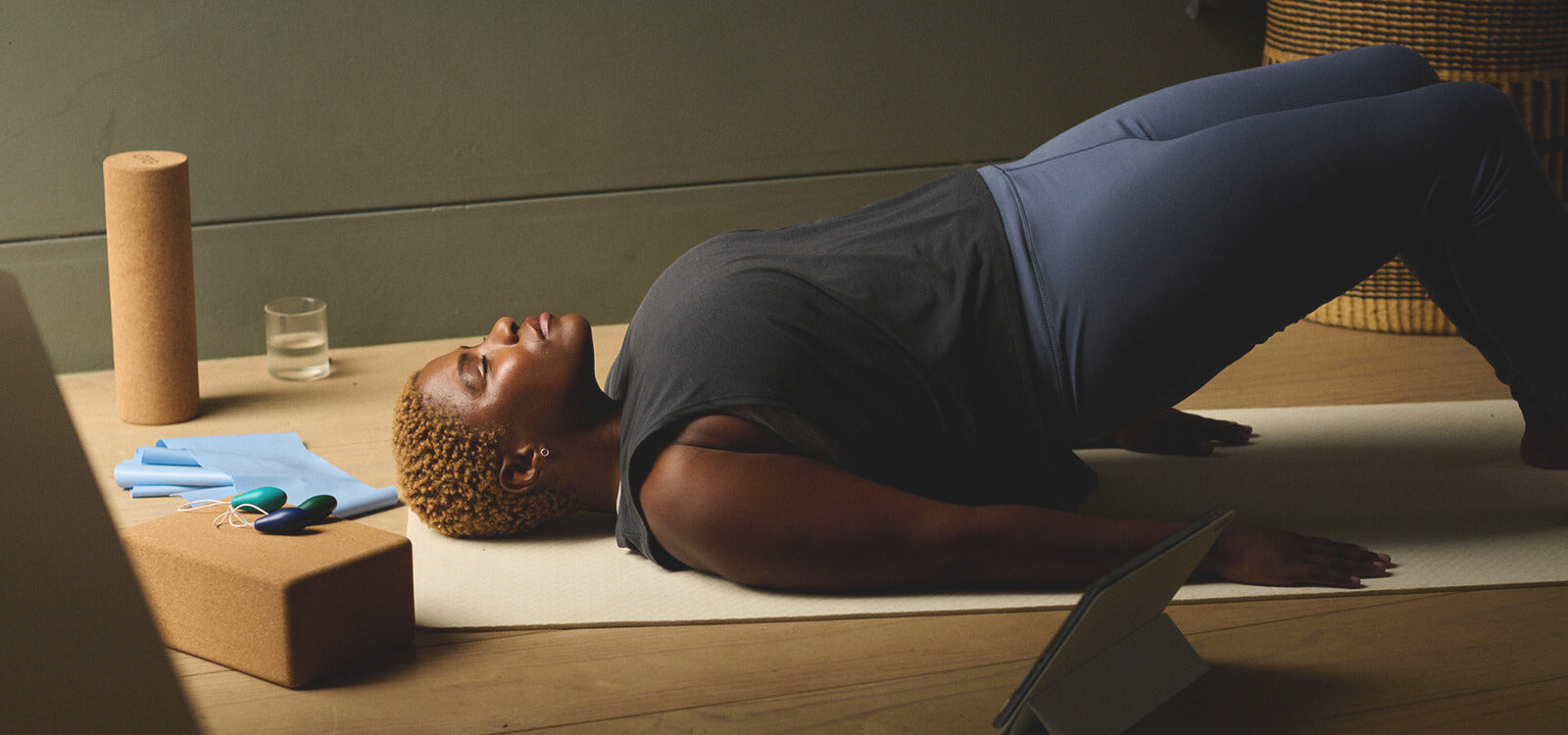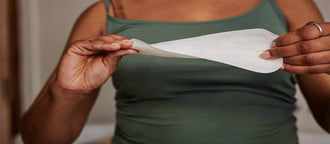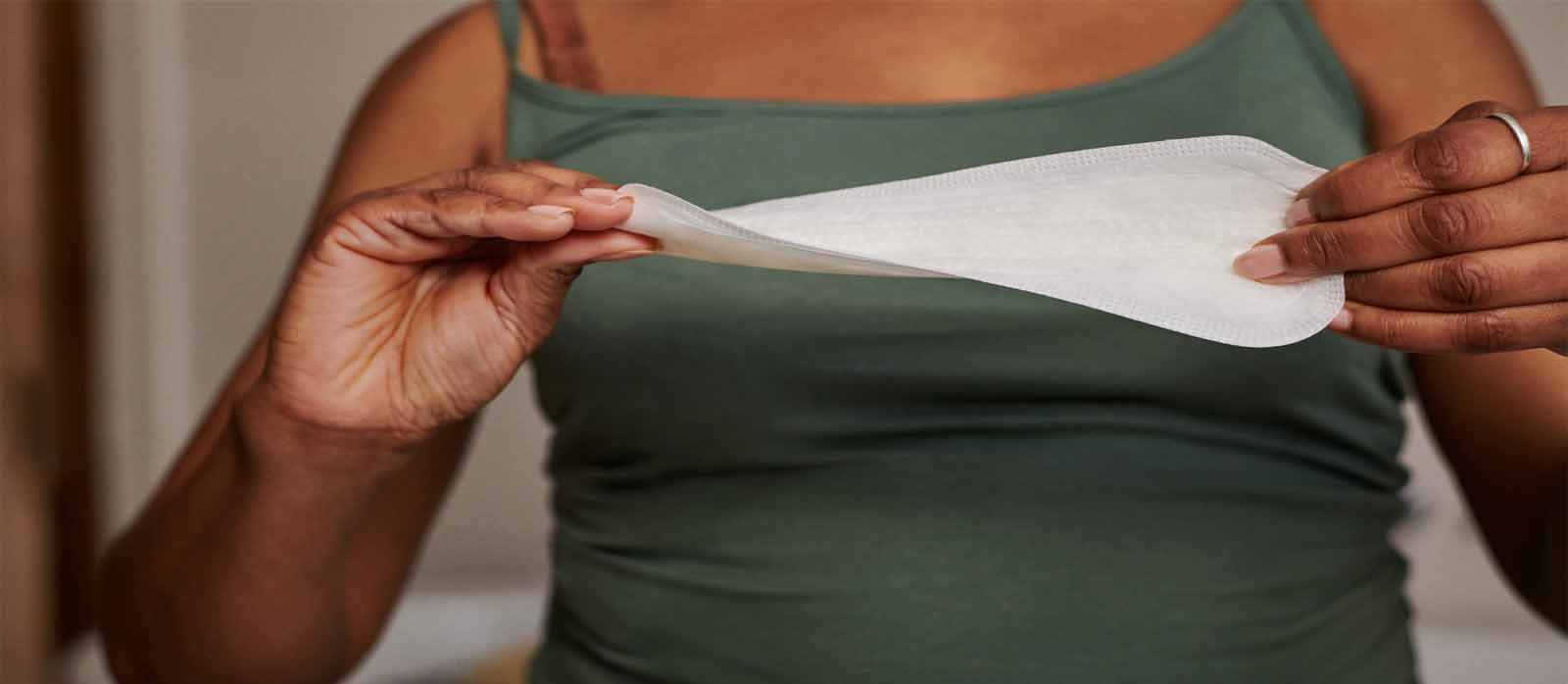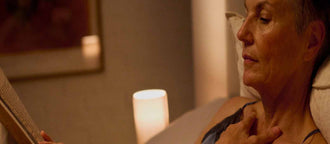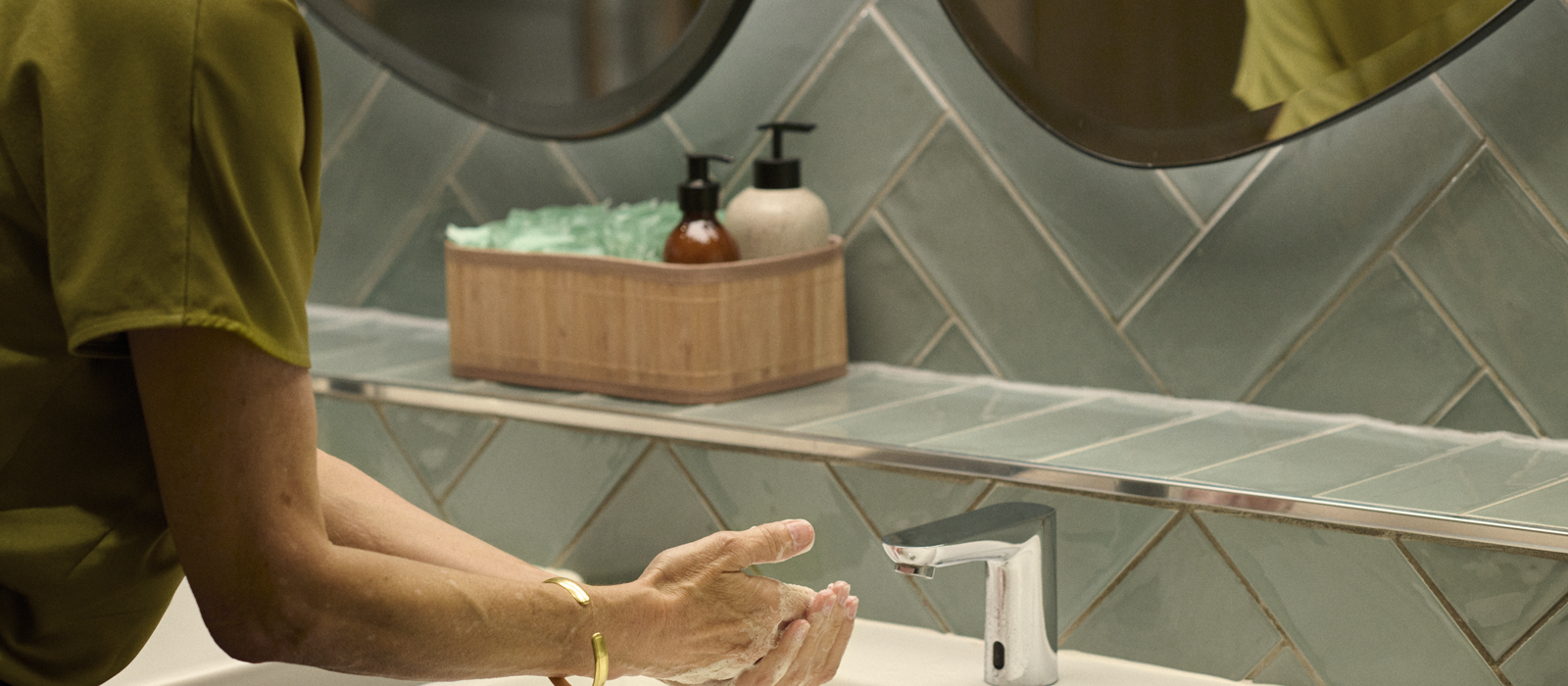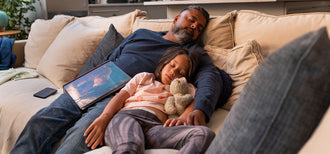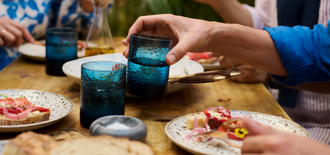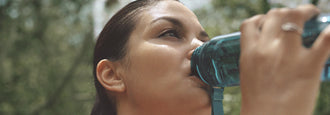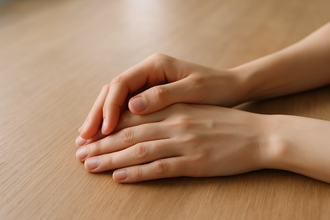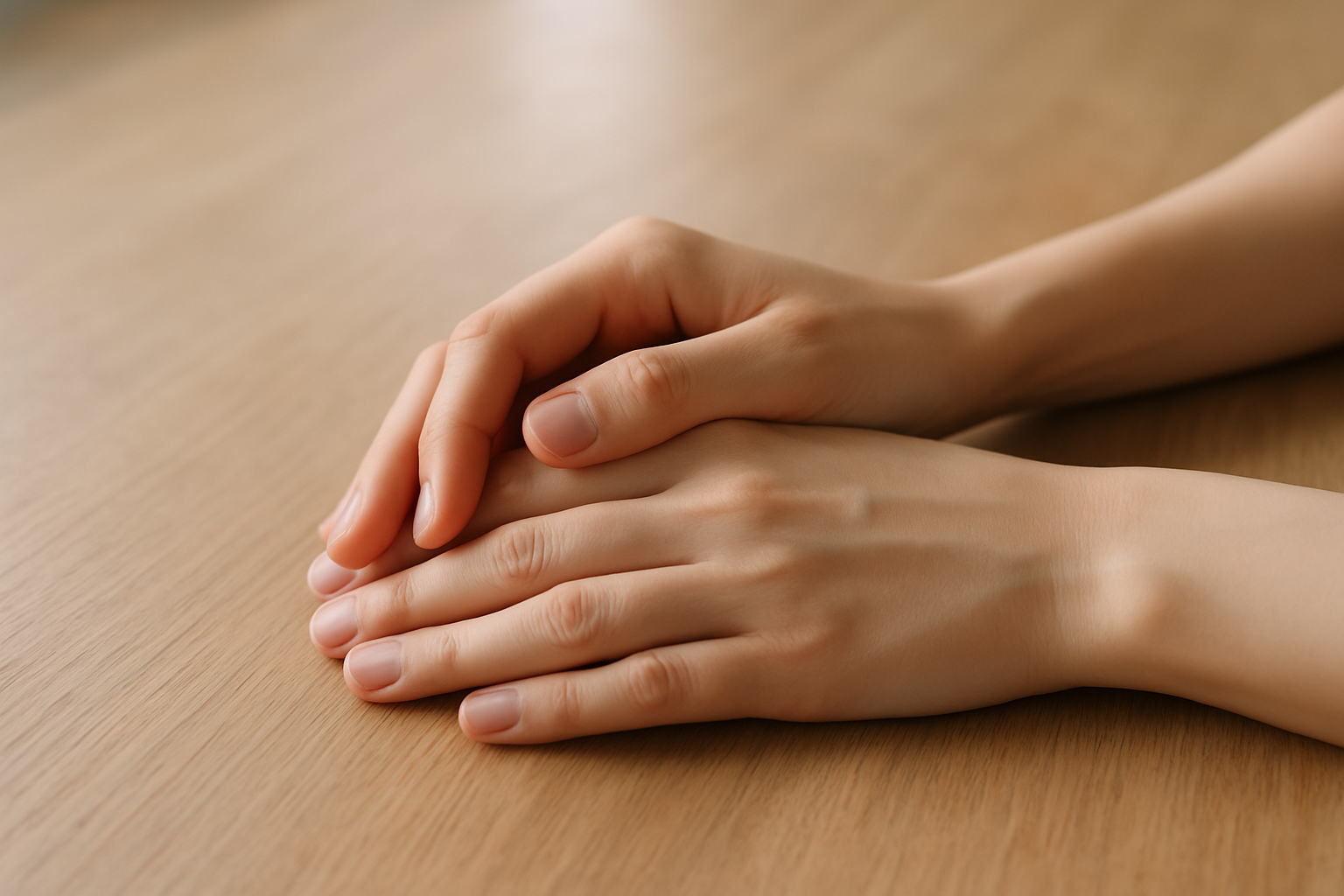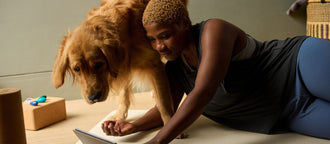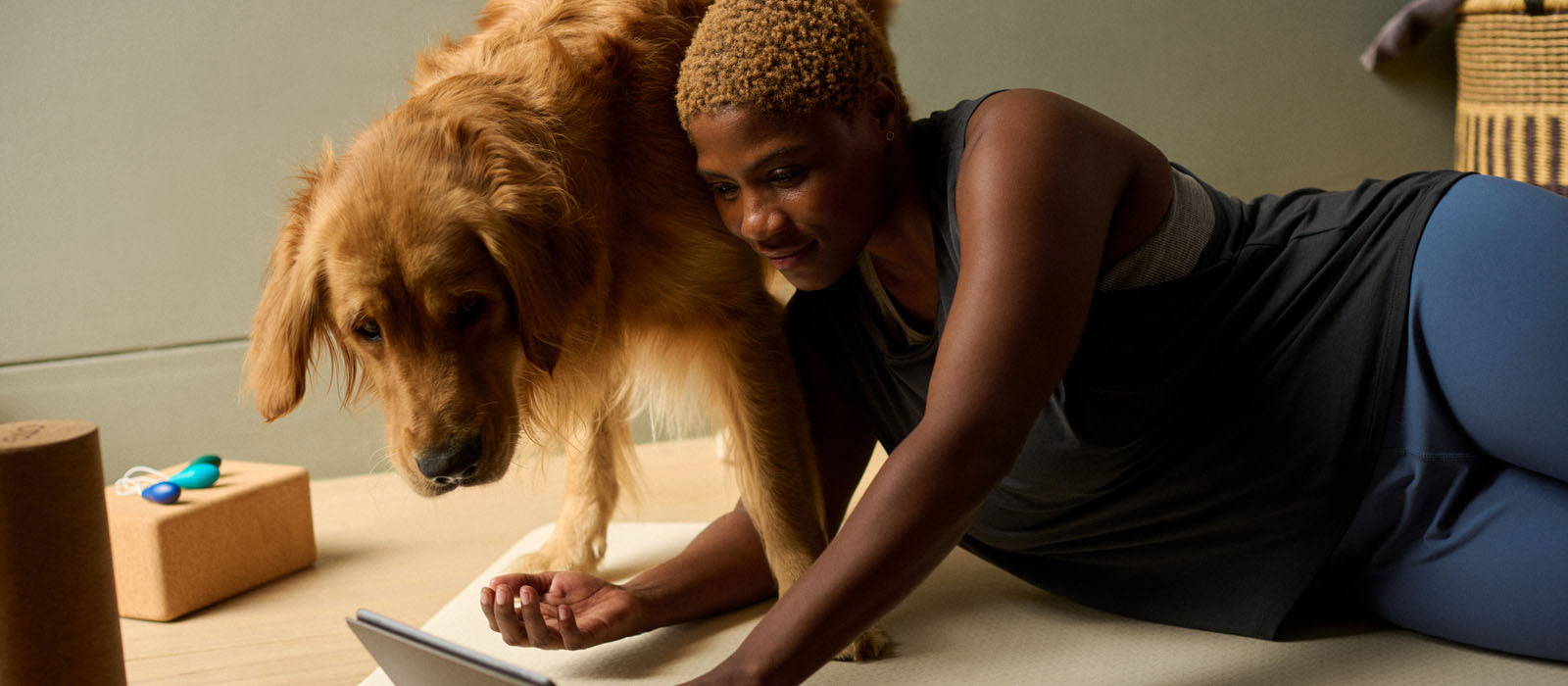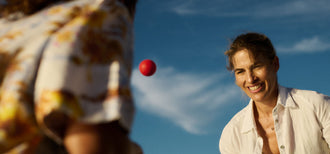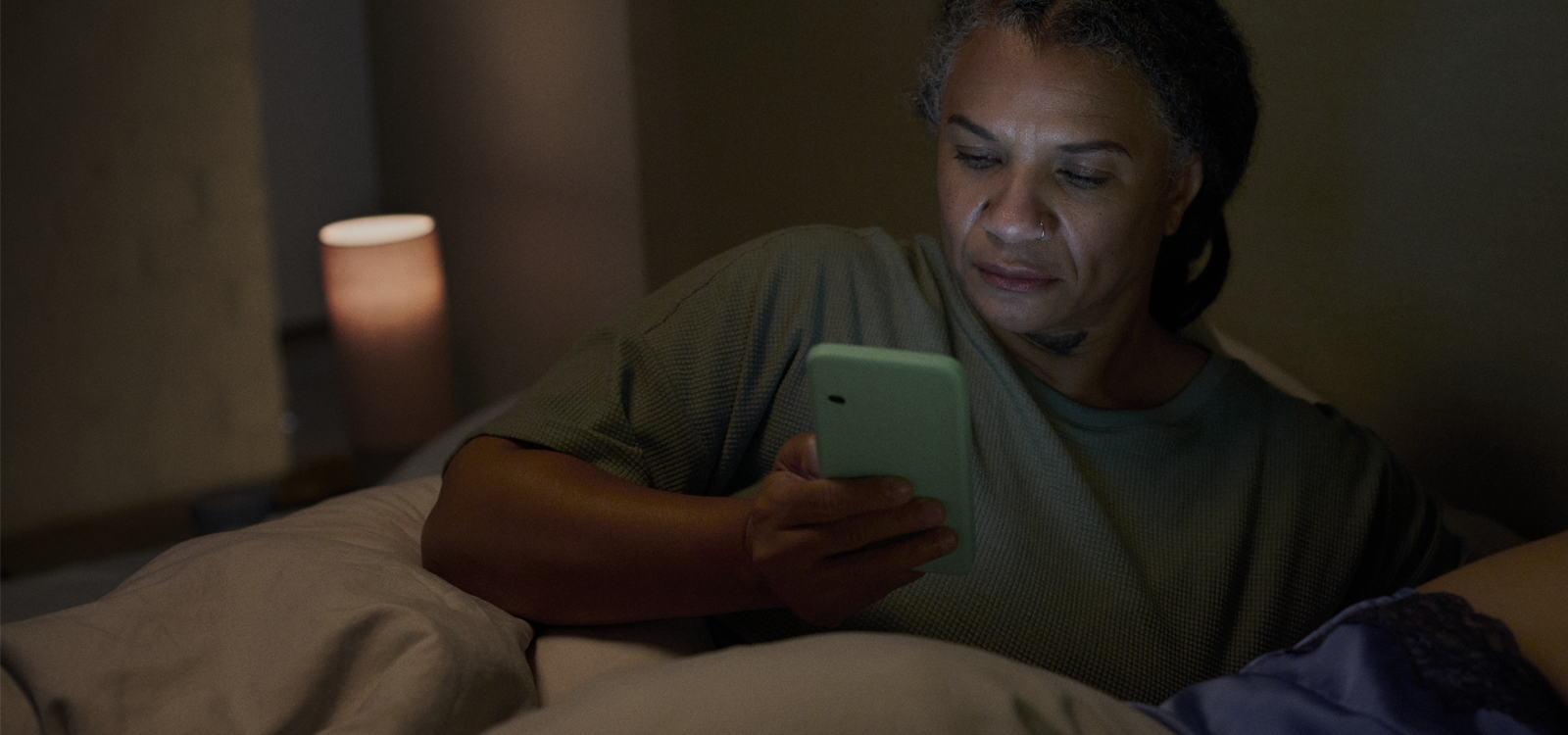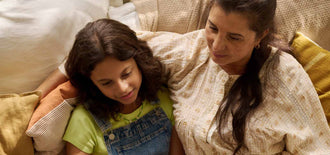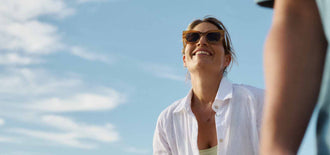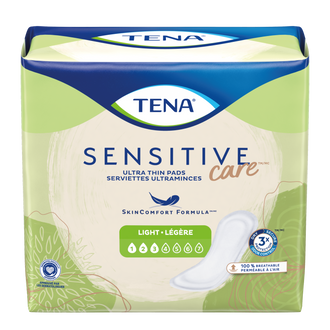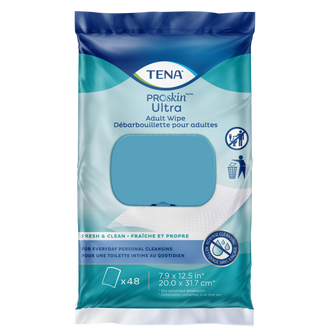Jul 23, 2024
Have you ever found yourself just having gone to the bathroom and feeling the urgent need to go again with your overactive bladder? You're not alone.
Living and dealing with this condition can be frustrating, but there are ways to make it more manageable. We'll explore essential self-care tips to help control your symptoms and improve daily life in this article.
From dietary adjustments to pelvic floor exercises, you can discover practical strategies to regain your confidence and ease the challenges of an overactive bladder.
Symptoms and Causes of Overactive Bladder
Let's take a closer look at what might be causing your overactive bladder and the common symptoms to watch out for.
We’ll also explore the common signs and delve into the various factors that could be contributing to your symptoms, giving you a clearer picture of what's going on.
Symptoms of Overactive Bladder
Overactive bladder (OAB) refers to a collection of urinary symptoms rather than a specific disease. The most common sign is a sudden, uncontrollable urge to urinate. Sometimes, this urge can cause urine leakage.1
Another symptom is needing to go to the bathroom many times during the day and night. Essentially, OAB means you frequently feel like you’ve "gotta go" urgently and too often.1 This sensation can be hard to ignore, striking any time during the day or night, and often without any warning, leading to some pretty disruptive symptoms.1
Here are some symptoms that you may be experiencing, and be all too familiar with:
- Frequent Urination: If you find yourself needing to pee more than usual, you might be dealing with OAB. This can have an impact your daily routine.1
- Urgency: Ever get that sudden, intense urge to urinate that you just can't ignore? That's another hallmark of OAB, and it can be stressful about making it to the bathroom in time.1
- Nocturia: OAB can wake you up multiple times during the night to pee1, leaving you feeling tired and groggy during the day.
- Urge Incontinence: This is when you experience involuntary leakage of urine right after feeling an urgent need to go.sup>1 It can be incredibly distressing and embarrassing to deal with.
Causes of Overactive Bladder
Understanding what causes overactive bladder (OAB) is key to figuring out how to manage it effectively. OAB doesn't necessarily have just one cause—it's a mix of several factors that can all play a role.2
- Neurological Disorders: Things like Parkinson’s disease, multiple sclerosis, or damage to the brain or spinal cord can mess with the nerves that control your bladder, making OAB more likely.2
- Aging: Urinary incontinence increases in prevalence during middle age and is particularly widespread among individuals over 80 years old.2
- Urinary Tract Infections: Infections could irritate your bladder and make it feel like you’ve got OAB, causing you to feel like you need to go all the time.2
- Medications: Some meds, like diuretics or some antidepressants, can make you produce more pee, which can make OAB symptoms worse.2
- Obesity: Carrying extra weight can put extra pressure on your bladder, making you feel like you have to go more often.2
- Bladder Abnormalities: Sometimes, things like bladder stones or tumors can cause symptoms that seem like OAB.2
Knowing what might be causing your OAB can help you and your healthcare provider come up with a plan to manage it better.
Natural Remedies for Overactive Bladder
Dealing with an overactive bladder (OAB) can be frustrating, but there are natural remedies that can really make a difference. From exercises to diet changes and supplements, these methods aim to ease symptoms like constant urges to go. Let's explore how these natural approaches can help you manage OAB and improve your daily life.
Strengthening Female Pelvic Floor Muscles
Pelvic floor exercises, like Kegels, play a crucial role in managing symptoms of overactive bladder (OAB) in men and women.3 Doing Kegel exercises involve simulating the sensation of needing to urinate and then holding back. You contract and release the muscles that regulate urine flow. The key is to correctly identify and engage these muscles for effective results.3
You can incorporate Kegels into your daily routine discreetly, such as while sitting or standing, to maximize effectiveness. Here's how to do Kegel exercises three times a day3:
- Ensure your bladder is empty and find a comfortable seated or lying position.
- Tighten your pelvic floor muscles and hold for 3 to 5 seconds.
- Relax those muscles and rest for another 3 to 5 seconds.
- Repeat this sequence 10 times, three times a day—morning, afternoon, and evening.
Benefits of Losing Weight for Bladder Health
Maintaining a healthy weight can seriously ease up OAB symptoms by taking pressure off your bladder.4
If you're carrying extra pounds, it can make you feel like you need to go all the time. Focus on eating balanced meals that are high in protein and rich in fiber, like fruits, vegetables, legumes, and grains.4
Get moving too—take walks, swim, or whatever activity you enjoy to help shed pounds and improve your bladder health. Small changes add up, like healthy eating and consistent exercise. The key is to keep moving. Look for ways to incorporate exercise into your daily routine.4
Using Capsaicin for Overactive Bladder
Ever heard of capsaicin? It is found in the fleshy part of chili peppers and may help to treat pelvic pain syndrome, a symptom of OAB.5
Studies have shown that it can significantly increase bladder capacity. It’s generally safe, but some people might find it a bit irritating, and capsaicin may interact with medications you are taking, potentially causing unintended side effects.5
If you're curious, chat with your healthcare provider to see if it might be a good fit for managing your OAB symptoms.
The Role of Vitamin D in Bladder Control
Vitamin D isn't just for strong bones—it can also help with bladder control, especially if you're low on it.6
Get your dose from sunlight, fortified foods like milk, or supplements if needed.6 Vitamin D supports your muscles, including those in your bladder, which can mean fewer urgent trips to the bathroom.
Pumpkin Seed Oil as a Natural Remedy
Now, here’s a cool one: pumpkin seed oil from pumpkin seeds.5 It's packed with good stuff that can help ease OAB symptoms. Think antioxidants and healthy fats that support bladder health.5
While more research is needed to prove its efficacy, adding pumpkin seed oil to your diet could be a tasty way to manage OAB symptoms naturally.
Treatment Options for Overactive Bladder
Dealing with overactive bladder (OAB) can be a real challenge, but the good news is there are several ways to tackle it.
Exploring Behavioral Therapies
Behavioral therapies offer effective strategies for managing OAB symptoms. Techniques like bladder training, where you schedule bathroom breaks, and eating different foods, which helps you gain control over pelvic muscles, can significantly improve bladder control.1
Implementing these therapies involves consistency and patience, but they can greatly reduce the urgency and frequency of urination, enhancing your overall quality of life.
Bladder Injections: What to Expect
If lifestyle changes and medication aren’t helping, your healthcare provider may offer injections, such as with Botox, to help your OAB.2
These injections are a treatment option for OAB that targets bladder muscle overactivity. During the procedure, a healthcare provider injects Botox directly into the bladder wall, temporarily calming its contractions. This procedure is performed in the office with local anesthesia. The effects of Botox last up to six months. Repeat treatments will be necessary when OAB symptoms return.1
Medications for Overactive Bladder
Medications are commonly prescribed to alleviate OAB symptoms by relaxing bladder muscles or reducing nerve signals that cause urgency. Anti-muscarinic and beta-3 agonists are two main types.1 Choosing the right medication involves discussing with your healthcare provider to tailor treatment based on your specific symptoms and medical history.1
Nerve Stimulation Techniques
Nerve stimulation therapies, like neuromodulation therapy, offer non-invasive approaches to managing OAB. These techniques involve regulating nerve signals that control bladder function through implanted devices or external stimulation.1
Surgical Options for Overactive Bladder
In cases of severe OAB that’s resistant to other treatments, surgical interventions may be considered.1 Procedures like bladder augmentation or urinary diversion aim to increase bladder capacity or reroute urine flow, respectively.1
Surgery has risks such as infection or urinary retention, and recovery can vary depending on the procedure and are only typically reserved for people who have exhausted non-surgical treatments and require more aggressive management to improve their bladder function and quality of life.1
Use Products for Incontinence
If you are experiencing overactive bladder symptoms, you could also try using incontinence products like the TENA Women’s Light Incontinence Liners or Pads or TENA Men’s Incontinence Shields to confidently tackle your symptoms, with added protection.
The Journey Starts Here
Taking care of your overactive bladder starts with understanding your options and taking proactive steps. Whether it's trying out simple exercises like Kegels, exploring medication options, or discussing advanced treatments with your doctor, there's a path forward that suits your needs.
Remember, you're not alone on this journey. With the right knowledge and strategies, you can make meaningful changes to enhance your bladder health and overall quality of life. Take that first step today and start reclaiming your comfort and confidence!
References
1. Urology Care Foundation. ‘Overactive Bladder (OAB). 2024. Accessed 23 June 23, 2024. Available from: https://www.urologyhealth.org/urology-a-z/o/overactive-bladder-(oab)
2. NHS. ‘Causes Urinary Incontinence’. 2023. Accessed 23 June 2024. Available from: https://www.nhs.uk/conditions/urinary-incontinence/causes/
3. MedlinePlus.gov. ‘Kegel exercises- self-care’. 2023. Accessed 24 June 2024. Available from: https://medlineplus.gov/ency/patientinstructions/000141.htm
4. NAFC.org, ‘Obesity and Incontinence: How being overweight or obese can contribute to bladder leaks’. Accessed 24 June 2024. Available from: https://nafc.org/bhealth-blog/the-importance-of-maintaining-a-healthy-weight-when-it-comes-to-incontinence/
5. Healthline. ‘What home remedies work for an overactive bladder?’ 2024. Accessed 23 June 2024. Available from: https://www.healthline.com/health/overactive-bladder/home-remedies
6. NAFC.org. ‘3 vitamins that may help with bladder control’. 2024. Accessed 23 June 2024. Available from: https://nafc.org/bhealth-blog/3-vitamins-that-may-help-with-bladder-control/





